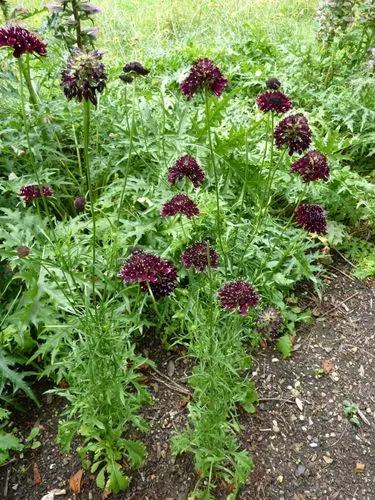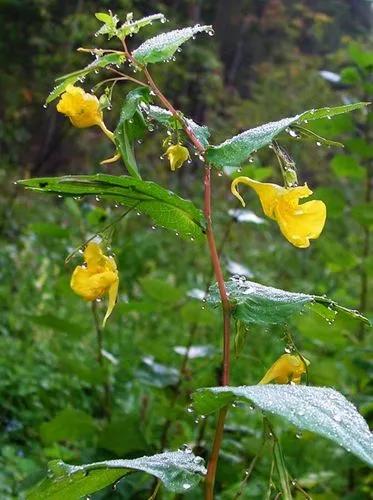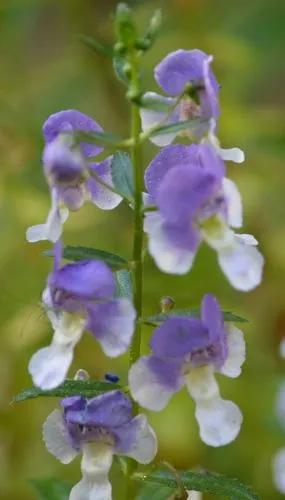Annual herb . Erect stems up to 60 cm in height, although generally they do not exceed 40 cm, glabrous in the lower part and, sometimes, glandular pubescent in the inflorescence . Leaves alternate, linear or filiform, up to 4 cm long. Flowers in loose racemes at the end of the stems; calyx about 4 mm, with oblong-lanceolate lobes; bilabiate corolla , yellow, 15-30 mm long, with a 9-18 mm long straight or slightly curved spur . Fruit in capsule of about 4 mm. It blooms in spring and summer.
Montesino Baleo Care
Linaria spartea



Annuals, not reproducing vegetatively by stolons. Fertile stems ascending to erect, 5–31(–65) cm; sterile stems to 8(–25) cm. Leaves of fertile stems: blade linear, flat, 3–35(–48) × 0.5–2.5 mm, apex acute or obtuse. Racemes 1–9(–25)-flowered, lax, rachis glabrous or sparsely glandular-hairy, hairs 0.1–0.4 mm; bracts linear, 3–5 × 0.5–1 mm. Pedicels erect, 4–7 mm in flower, 5–10 mm in fruit. Calyx lobes linear to linear-lanceolate, 3.5–5.5 × 0.7–1.5 mm in flower, 4–6.5 × 0.8–1.8(–2.2) mm in fruit, apex acute or subacute. Corollas yellow, 19–26(–30) mm; tube 2.5–3.5 mm wide, spurs straight or curved, 9–14(–15) mm, subequal to or longer than rest of corolla, abaxial lip sinus 1–2.5 mm, adaxial lip sinus 2–4 mm. Styles 2-fid; stigma with 2 discrete areas. Capsules oblong-ovoid, (2–)3–4.5(–5) × (1.8–)2.2–3.5(–4) mm, glabrous or sparsely glandular-pubescent; loculi equal or subequal. Seeds gray or dark gray, reniform, 0.4–0.7 × 0.3–0.5 mm, with conspicuous transverse ridges; wing absent. 2n = 12 (Europe).
This plant might be poisonous
How to get rid of: Choose an herbicide labeled for use against toadflax, and apply it according to the label instructions. Apply herbicides to Dalmatian toadflax in spring and to yellow toadflax in late summer or fall. Your local cooperative extension agent can suggest the best herbicide for growing wild toadflax control in your area.
Discover more plants with the list below
Popular articles






